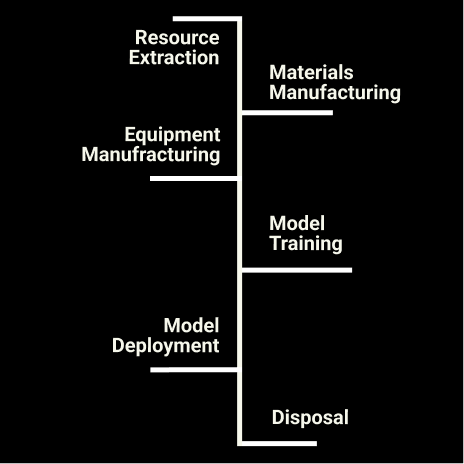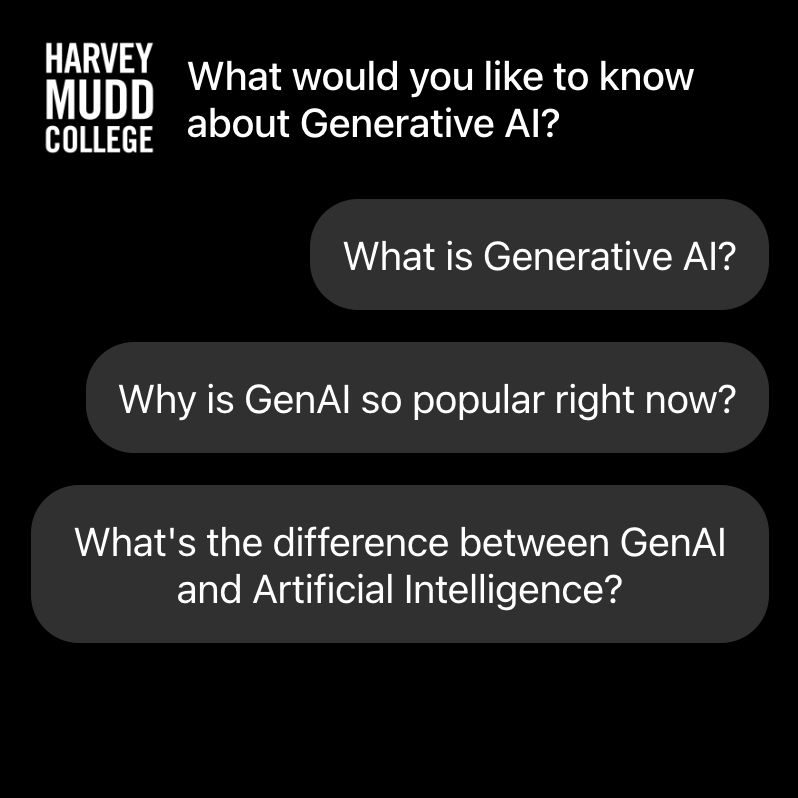What is Artificial Intelligence?
Artificial intelligence (AI) is technology that enables computers and machines to simulate human learning, comprehension, problem solving, decision making, creativity and autonomy1. Since November 2022, with the public launch of ChatGPT, most AI-related headlines are focused on breakthroughs in generative AI (GenAI), a technology that can create new combinations and transformations of text, images, video, and other content based on patterns learned from existing human-created works2.
There are different types of AI, but not all require the same amount of resources. Getting ten text responses from a ‘small (≈ 8 billion parameters)’ GenAI model uses about as much electricity as running your microwave for one second3. More powerful text models (≈ 400 billion parameters) use electricity equivalent to 8 seconds of microwave use. In contrast, a single image with AI requires the same amount of energy as 5 seconds of microwave use, and it would equate to over an hour of microwave use for a 5-second AI video3. Throughout this website, we are typically referring to the energy and water usage from data centers, primarily used for generative AI.
Reactive Machine AI
A form of AI that reacts to different actions based on pre-programmed rules4. An example is computer players in chess games. Though reactive machine AI does not require as much computing power as more advanced AI systems such as large language models (LLMs) or image and video generators, the energy consumption still varies significantly based on application complexity. For instance, simple reactive AI, such as smart thermostats, uses minimal energy, while more complex systems, like autonomous vehicle processors or sophisticated game bots, can require substantial amounts of energy depending on the task's complexity.
Limited Memory AI
AI that can be trained with new data after being programmed to create a “memory”, and improve usability4. An example of limited memory AI is chatbots. Because of the need to create a “short-term memory” within limited memory AI, substantial amounts of energy and water are used in data centers to produce a response from limited memory AI. For perspective, ChatGPT processes over 1 billion messages daily, each one using a similar amount of electricity as a microwave oven for 1 to 8 seconds3. Besides ChatGPT, there are similar models, such as Claude, Gemini, Grok, Copilot, and Perplexity, each receiving millions to hundreds of millions of requests.



